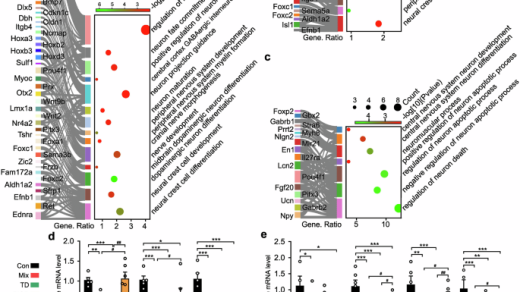Washington DC [US], November 4 (ANI): Researchers discovered that those who live in places with median levels of air pollution are 56 per cent more likely to get Parkinson’s disease than those who live in areas with the lowest levels of air pollution.
The study, which will be published in Neurology – the medical journal of the American Academy of Neurology – sought to discover national and geographic patterns of Parkinson’s disease, as well as to test for nationally and region-specific connections with fine particulate matter.
“Previous studies have shown fine particulate matter to cause inflammation in the brain, a known mechanism by which Parkinson’s disease could develop,” said Brittany Krzyzanowski, PhD, a researcher at Barrow Neurological Institute, who led the study.
“Using state-of-the-art geospatial analytical techniques, we were, for the first time, able to confirm a strong nationwide association between incident Parkinson’s disease and fine particulate matter in the US.”
The study also found that the relationship between air pollution and Parkinson’s disease is not the same in every part of the country, and varies in strength by region. The Mississippi-Ohio River Valley was identified as a Parkinson’s disease hotspot, along with central North Dakota, parts of Texas, Kansas, eastern Michigan, and the tip of Florida.
People living in the western half of the US are at a reduced risk of developing Parkinson’s disease compared with the rest of the nation.
“Regional differences in Parkinson’s disease might reflect regional differences in the composition of the particulate matter. Some areas may have particulate matter containing more toxic components compared to other areas,” said Krzyzanowski.
Although the authors have not yet explored the different sources of air pollution, Krzyzanowski notes there is relatively high road network density in the Mississippi-Ohio River Valley and the rust belt makes up part of this region as well.
“This means that the pollution in these areas may contain more combustion particles from traffic and heavy metals from manufacturing which have been linked to cell death in the part of the brain involved in Parkinson’s disease,” said Krzyzanowski.
The population-based geographic study identified nearly 90k people with Parkinson’s disease from a Medicare dataset of nearly 22 million.
Those identified with having Parkinson’s disease were geocoded to the neighbourhood of residence, enabling researchers to calculate the rates of Parkinson’s disease within each region. The average annual concentrations of fine particulate matter in these specific regions were also calculated.
After adjusting for other risk factors, including age, sex, race, smoking history and utilization of medical care, Barrow researchers were then able to identify an association between a person’s previous exposure to fine particulate matter and their later risk of developing Parkinson’s disease.
“Population-based geographic studies like this have the potential to reveal important insight into the role of environmental toxins in the development and progression of Parkinson’s, and these same methods can be applied to explore other neurological health outcomes as well,” said Krzyzanowski.
Researchers hope the data from this novel study will help enforce stricter policies that will lower air pollution levels and decrease the risk for Parkinson’s disease and other associated illnesses.
“Despite years of research trying to identify the environmental risk factors of Parkinson’s disease, most efforts have focused on exposure to pesticides,” said Krzyzanowski. “This study suggests that we should also be looking at air pollution as a contributor in the development of Parkinson’s disease.” (ANI)
This report is auto-generated from ANI news service. ThePrint holds no responsibility for its content.
This news item came from: https://theprint.in/health/air-pollution-linked-to-parkinsons-disease-finds-study/1832072/



